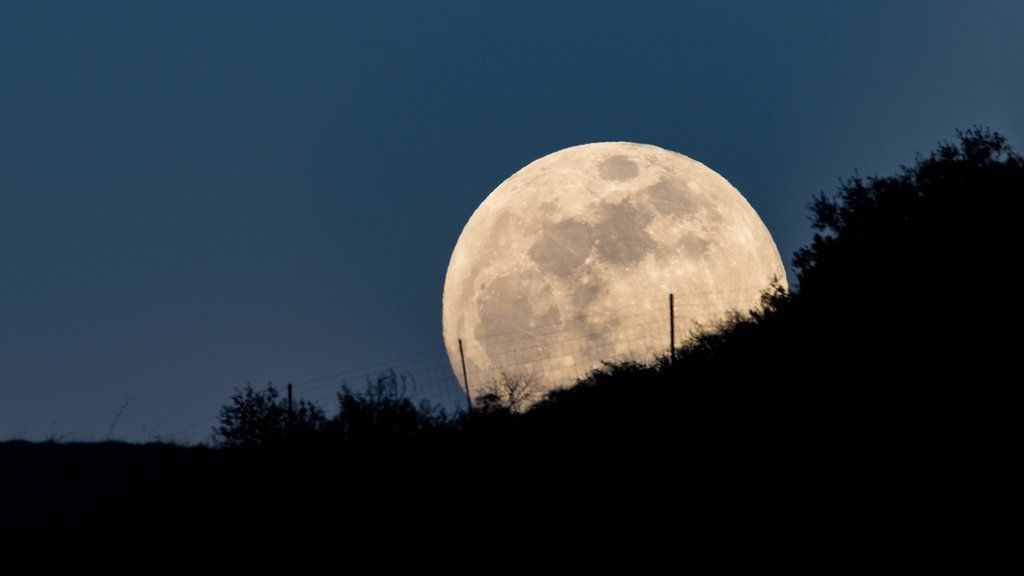ARTICLE AD BOX
By Ella Hambly
BBC News Climate and Science reporter
 Image source, Getty Images
Image source, Getty Images
If you look into the sky on Wednesday evening you'll have a good chance of spotting the biggest and brightest Moon of the year.
The full "Buck Moon" will, like last month's "Strawberry Moon", be classed as a "supermoon".
This is because it is occurring whilst the Moon is near perigee, the closest point in its orbit around Earth, making it appear larger and brighter.
Viewed from the UK, the moon will rise in south-east England at 21:47 BST.
Image source, BBC Sport
Image caption,Perigee, the closest point of the Moon's elliptical orbit, is an average distance of about 226,000 miles (363,300km) from Earth - according to Nasa
The Moon's orbit of the Earth is elliptical, meaning that our distance from it is constantly changing.
Tania de Sales Marques, a planetarium astronomer at the Royal Observatory Greenwich, said that a full Moon at perigee looked about 14% bigger and 30% brighter than a full Moon at apogee - when the Moon is farthest away from us in its orbit.
She added that the Moon would look even larger in the moments just after moonrise due to an optical effect called the "Moon Illusion".
"For those with an unobstructed horizon, the rising Moon might be quite a sight," she said.
Why 'Buck' Moon?
Image source, Getty Images
Citing the Maine Farmer's Almanac, Nasa says the July full Moon was referred to as a "Buck Moon" by the Algonquin Native Americans of what is now the north-east United States. This is because it appears when new antlers appear on buck deer.
Europeans called it the "Hay Moon" because of haymaking at this time of year.
Nasa says that July also marks the Guru Full Moon for Hindus, Buddhists, and Jains - celebrated as a time for clearing the mind and honouring the guru or spiritual master.
The term supermoon was coined by the astrologer Richard Nolle in 1979.

 2 years ago
101
2 years ago
101








 English (US) ·
English (US) ·